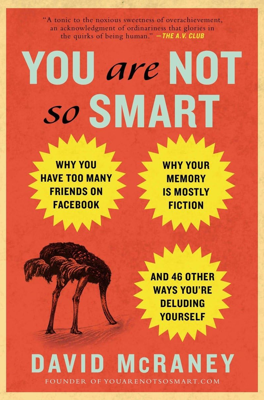Priming
Misconception vs. Truth
Misconception:
You know when you are being influenced and how it is affecting your behavior.
Truth:
You are unaware of the constant nudging you receive from ideas formed in your unconscious mind.
Highway Hypnosis
- The phenomenon of "highway hypnosis" describes dissociation during repetitive tasks, like driving, where the conscious and unconscious minds work in parallel.
- Consciousness can drift, allowing the body to perform tasks automatically while the mind wanders.
Science on Unconscious Influence
- Wash Away Guilt Experiment: Chen-Bo Zhong and Katie Liljenquist showed that washing hands can reduce feelings of guilt and influence behavior unconsciously.
- Cultural Associations: Cleanliness and purity versus filth and grime trigger subconscious associations that impact behavior.
Concept of Priming
- Definition: Priming is when a past stimulus affects behavior and perceptions of later stimuli.
- Neural Network Activation: Every perception sets off a chain of related ideas in your brain.
Studies and Examples of Priming
Ultimatum Game Experiment:
- Conducted by Aaron Kay, Christian Wheeler, John Bargh, and Lee Ross.
- People exposed to business-related images acted more competitively and greedily in a money-split task, compared to those exposed to neutral images.
- Exposure to objects like briefcases and fountain pens further influenced competitive behavior.
Smell Priming Study:
- Hank Aarts found that the smell of cleaning products increased the likelihood of participants cleaning up after themselves.
Sports Drink Visual Priming:
- Ron Friedman observed that seeing sports drink bottles (without drinking them) increased physical endurance in tasks.
Mechanism and Impact of Priming
- Unconscious Processing: Priming operates through the adaptive unconscious, which handles automatic processing and influences behavior without conscious awareness.
- Two Minds: The rational mind handles conscious, complex tasks, while the emotional brain processes complex, familiar operations efficiently.
The Complexity of Decision-Making
- Top-Down vs. Bottom-Up Influence: Conscious decisions (top-down) influence emotions, but unconscious priming (bottom-up) can subtly guide behavior.
- Awareness and Rationalization: People often rationalize their behavior without realizing the subconscious primes at play.
Practical Implications
- Unconscious Influence in Everyday Life: Objects, smells, and symbols around you can subtly affect your decisions and actions.
- Priming in Advertising and Environment:
- Businesses use priming in advertising to nudge consumer behavior.
- Environmental priming can create conducive or adverse mental states.
Strategies for Reducing Unconscious Influence
- Being aware of the power of priming can help you create environments that positively influence your behavior.
- Examples:
- Use a grocery list to avoid impulse buys.
- Maintain a clean, organized personal space to encourage positive habits.
